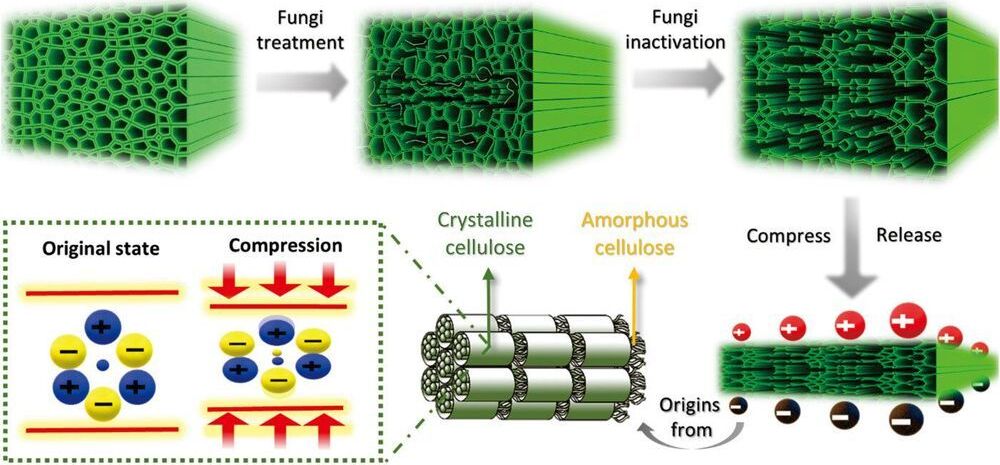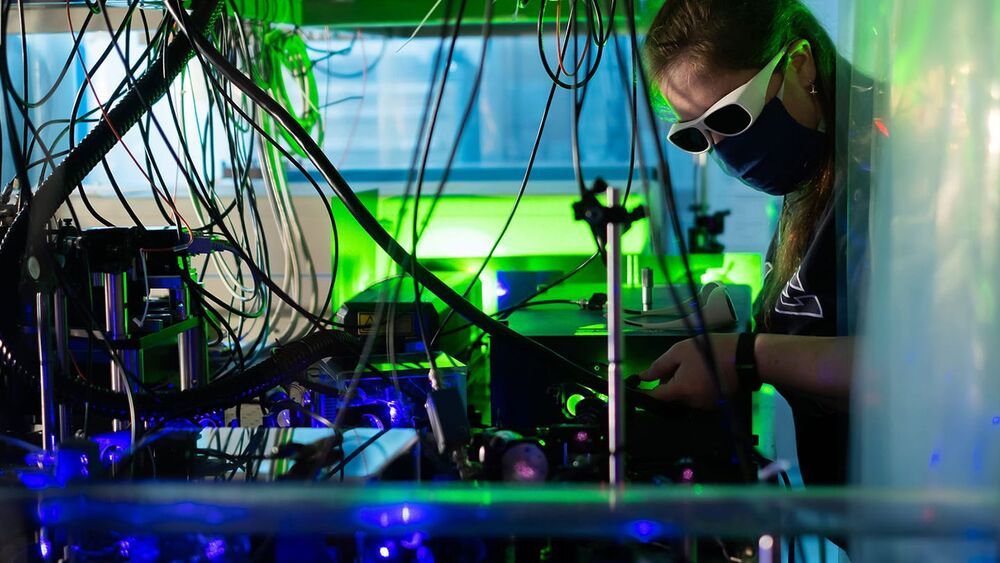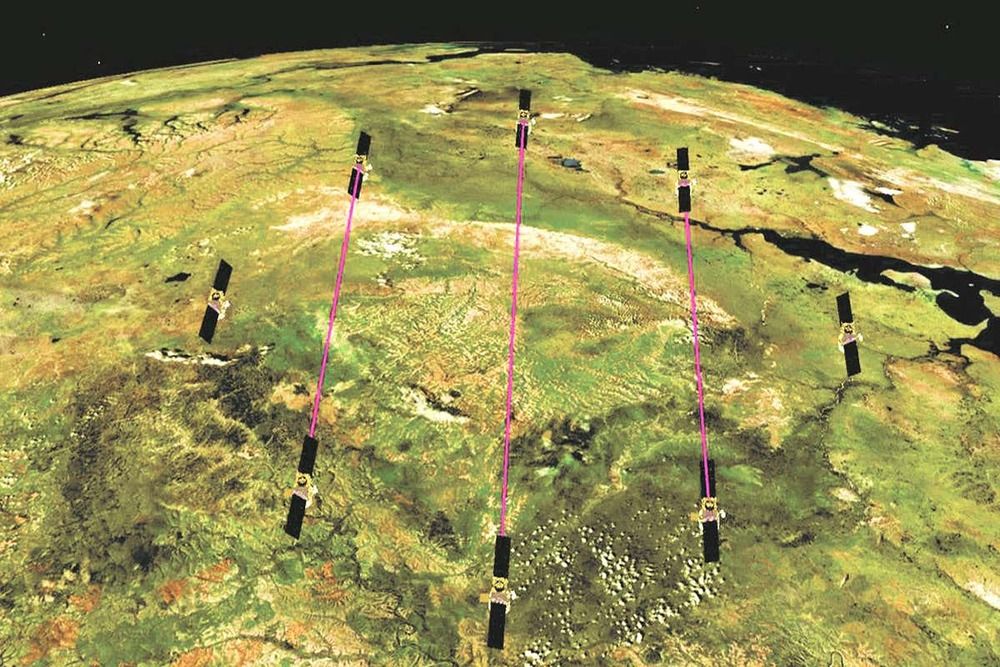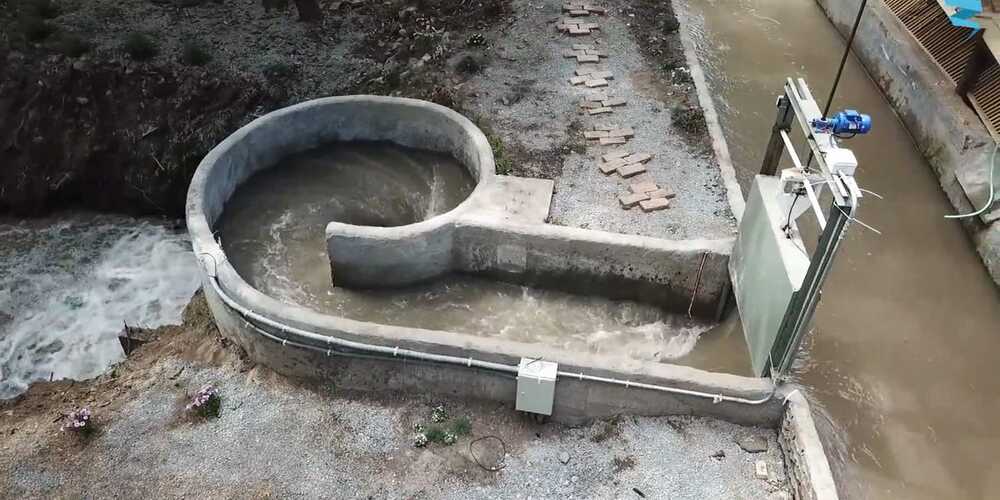In physics, entropy is the process of a system losing energy and dissolving into chaos. This applies to social systems in everyday life, too. Limiting energy loss can make social systems run better.




I didn’t get my 2nd Moderna Vaccine because how sick others became after theirs — nausea, fatigue, headaches for days, lymph nodes the size of a rock that fits in your hand, increased heart rate… Recently a Utah woman died 4 days after her 2nd vaccine-her heart, liver and kidneys failed. Less then a yr ago I read several studies on hospitalized COVID patients — how their kidneys and liver were failing. I read a recent study on how post COVID individuals are now having heart issues. Another study shows how COVID attacks the heart and why such individuals are now having heart issues. In December 2020, 13 individuals died after getting vaccinated (probably more since then). There is a real connection between COVID and organ failure!!!! I wish I kept links of all the information I read. Be happy to find them again. We don’t even know the long term affects of the vaccine — are the vaccinated going to experience long term health issues as well? Take your chances with a vaccine, or not.
A Utah woman in her 30s died four days after receiving the coronavirus vaccine.
Kassidi Kurill, 39, was healthy and happy and “had more energy” than others, according to a KUTV report. Then, four days after she received her second dose of the coronavirus vaccine, she suddenly died.
“She came in early and said her heart was racing and she felt like she [needed] to get to the emergency room,” her family said. Her father, Alfred Hawley, said he woke up to her asking for help.

A multi-institutional team of researchers has found that it is possible to use a type of fungus to soften wood to the point that it could be used to generate electricity. In their paper published in the journal Science Advances, the group describes their process and how they tested it.
As the world works its way toward cleaner energy-producing systems, scientists seek novel approaches to producing electricity. One possibility is the use of piezoelectric devices that generate electricity by harnessing movement such as footsteps. In this new effort, the researchers have noted that much energy is wasted when people walk around. And while some have attempted to harness some of that energy with devices designed for shoes or legs, the researchers with this new effort wondered if it might be possible to add piezoelectrics to the floor to make use of that energy.
In studying the kinds of wood that are used to make floors, particularly in homes, the researchers noted that they do not have much give—a necessary component of an energy-harvesting system. To solve that problem, they found that applying a type of white rot fungus to pieces of balsa wood for a few weeks sped up the decaying process in a useful way. It made the wood spongier, which translated to give. When stepping on the wood, the researchers could feel it depress. They also found that after the wood returned to its former shape when pressure was removed.





Critics of renewable energy often cite two reasons for why they think a transition from fossil fuels will take half a century. Firstly, that sources of renewable energy are too intermittent to be reliable and secondly, that governments cannot bear the costs of switching entire economies to clean energy.

Under our RADICS program, researchers developed tools to aid in the rapid recovery of our power grids amidst a cyberattack. Today we’re spotlighting the program’s many accomplishments: https://www.darpa.mil/news-events/2021-02-23
Under our RADICS program, researchers developed tools to aid in the rapid recovery of our power grids amidst a cyberattack. Today we’re spotlighting the program’s many accomplishments: https://t.co/ki0VV5bKlI pic.twitter.com/c1dSVewK2b
— DARPA (@DARPA) February 23, 2021